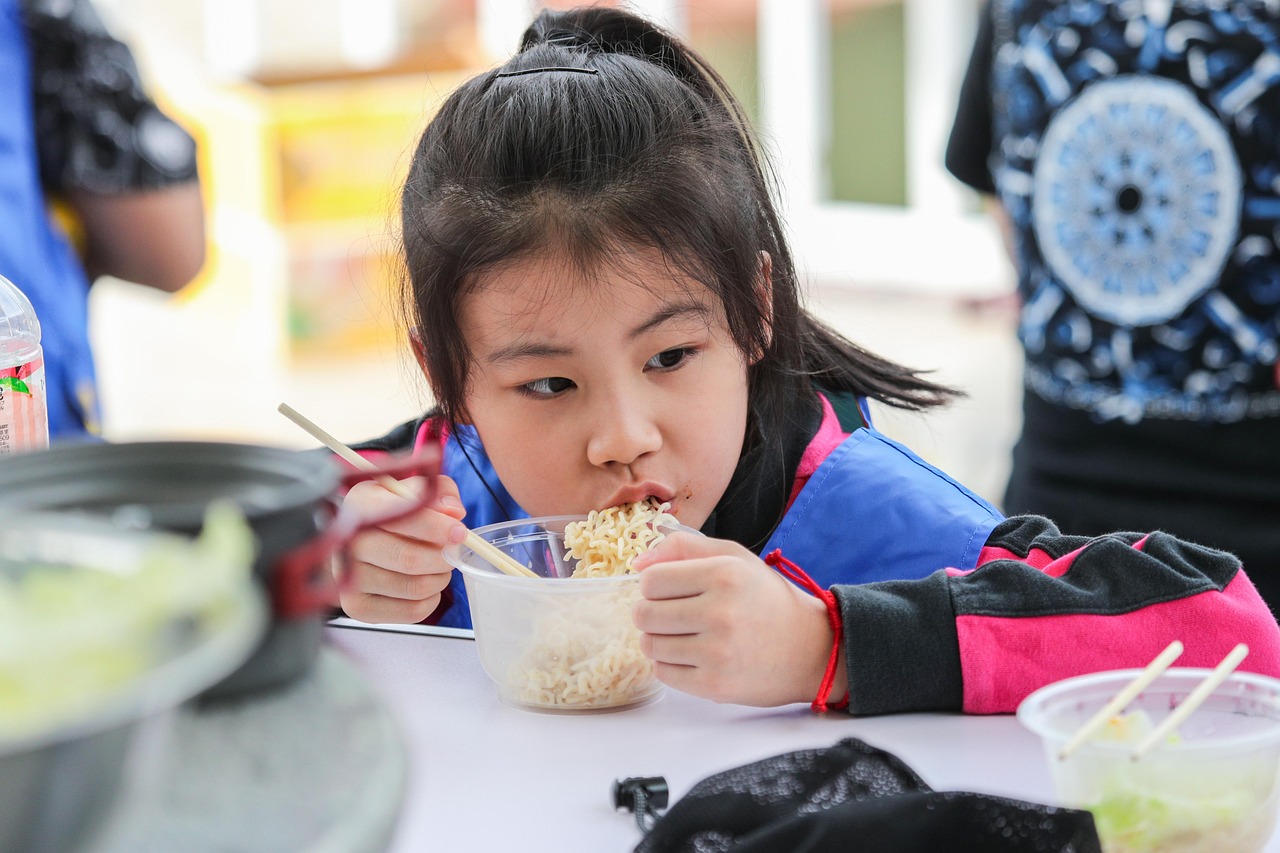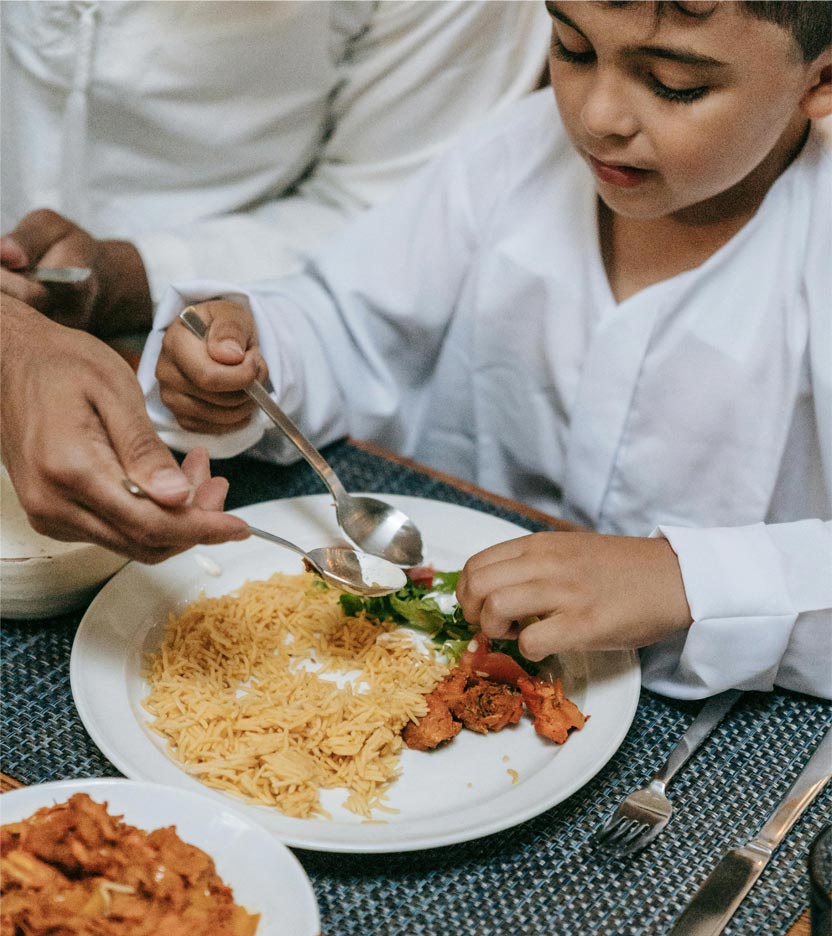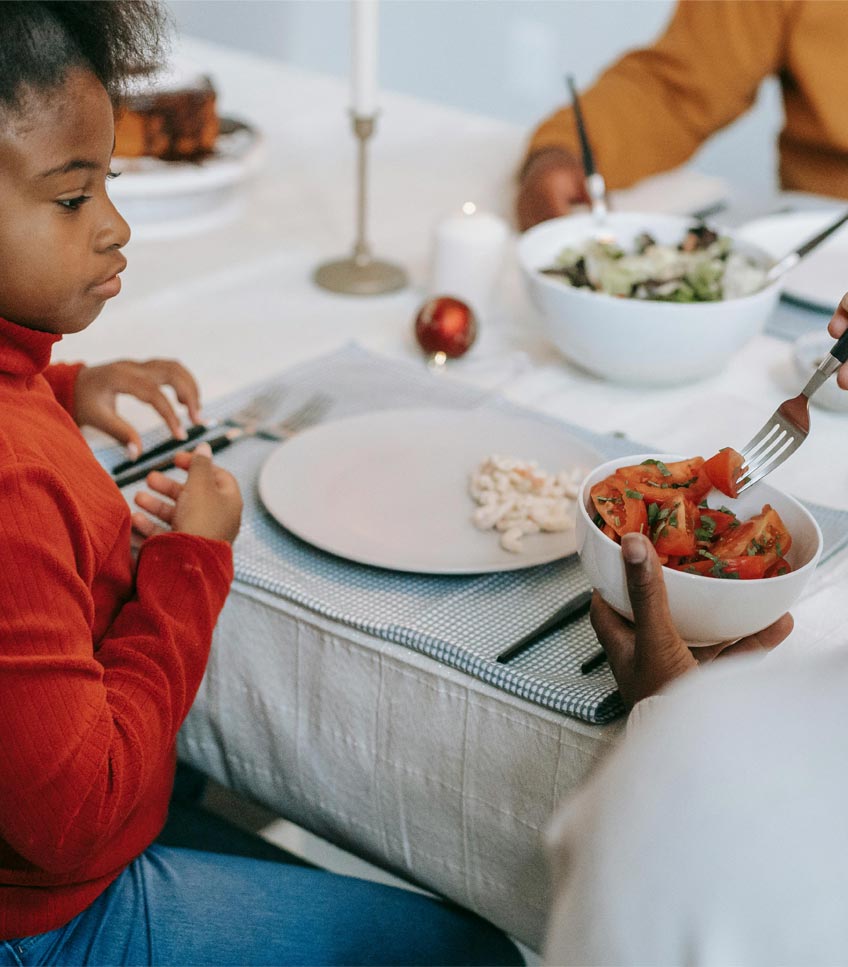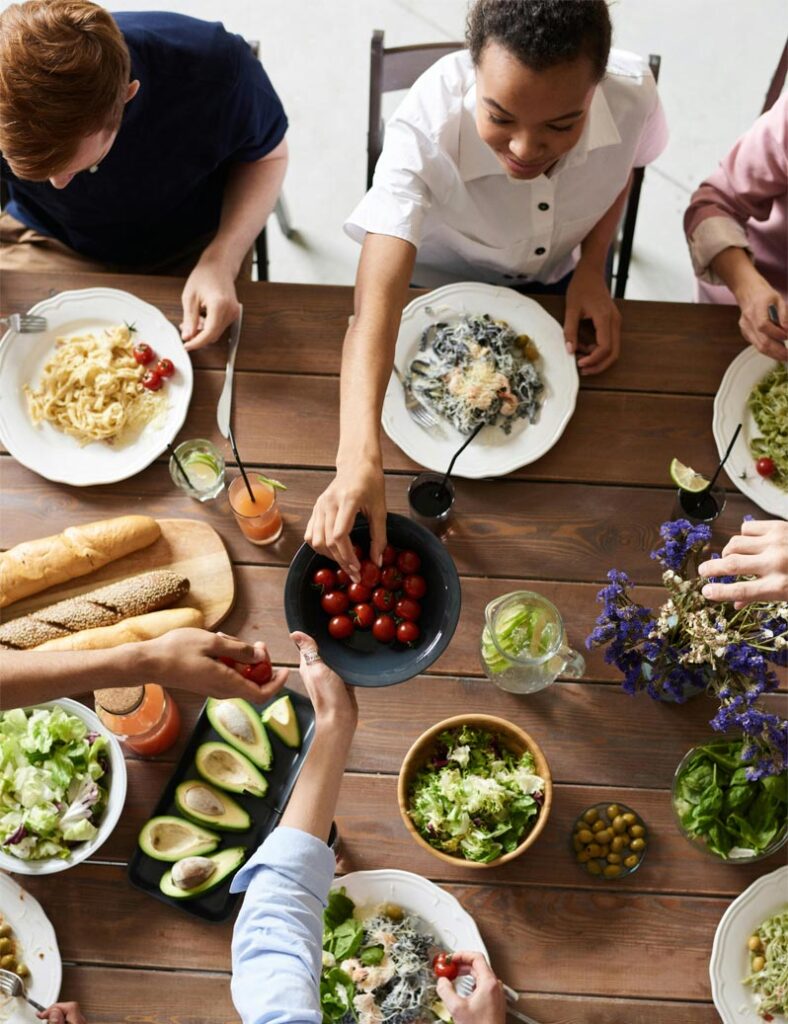Is Your Kid Stuck on White or Beige Foods? Here’s how to Break the Cycle and Expand Their Palate
It’s a common scenario many parents face and one that I have heard countless times during consultations: “my child is living on a diet of white or beige foods like plain rice, pasta, bread, “farata”, noodles, crackers, biscuits, or croissants”. While these foods may be safe, familiar, and easy to eat, we all know they don’t offer the variety needed for optimal nutrition. If this sounds like your child, you’re not alone. Many kids go through a “beige food phase,” but with patience and the right strategies, it’s possible to help them explore and enjoy a more varied diet.


Why Do Kids Get Stuck on White or Beige Foods?
There are several reasons why children gravitate towards these foods:
- Familiarity and Comfort: White and beige foods often have a neutral taste and predictable texture, making them a safe choice for kids wary of new foods.
- Sensory Sensitivities: Children with sensory challenges, including those on the autism spectrum, may prefer foods that don’t have strong smells, colours, or textures.
- Picky Eating Phase: It’s developmentally normal for toddlers and young children to go through phases of food refusal or preference for certain types of foods.
- Routine and Control: Some kids may stick to specific foods because they like the routine and control it provides, especially during periods of change or stress.
Whatever the reason, the good news is that you can help your child broaden their food choices through creative and supportive techniques.
Fun Food Exploration: Making New Foods Exciting
Engaging your child’s curiosity and creativity can make trying new foods less intimidating and more enjoyable. Here are some ideas:
- Use fun shapes or moulds to make rice into animals or smiley faces.
- Serve food in colourful bowls or arrange meals to look like rainbows or other fun designs.
- Let your child help with meal prep, like rinsing, stirring, or sprinkling herbs at the end.
- Offer "build-your-own" options, such as a rice, noodle or pasta bowl station with different toppings to choose from.
- Tell a story about the food—like how rice grows and where colourful vegetables come from - to spark interest.
- Introduce foods as “superpowers” or magical items that help their body grow strong and healthy.
- Start by letting your child touch, smell, or explore new foods without pressure to eat them.
- Incorporate food-related play, like making rice art or building with vegetables.

Practical Tips for Broadening Their Diet
Here are some actionable strategies to help your child move beyond white or beige foods:

Change can be overwhelming for kids, so introduce new foods gradually. Aim for progress, not perfection.
Offer a new food alongside something your child already enjoys. For instance, serve a small portion of white quinoa mixed with their usual rice.
Instead of insisting they try something, give them the freedom to explore it at their own pace. Research shows that forcing children to eat can backfire, leading to increased resistance.
Let your child choose a new vegetable or grain at the store, then help prepare it at home. This involvement can increase their willingness to try it.
Children learn by watching. Make a point to enjoy a variety of foods yourself, showing them that it’s okay to try new things.
Instead of reacting with excitement (or disappointment if they don’t), use neutral and encouraging comments like, “I see you tried the carrot today.” This helps create a pressure-free environment and allow your child to build confidence to explore foods.
Understanding Food Chaining
One of my favourite strategies is Food chaining. Food chaining is a structured approach to gradually expand a child’s diet by building on the foods they already like. The key is to start with a “safe” food your child enjoys and introduce similar foods with small, incremental changes. For example:
- If your child loves plain white macaroni, you could start by offering a slightly different type of pasta, like penne – similar but different, spaghetti for a longer shape or farfalle as a “beautiful butterfly” or fusilli for “funky twists”.
- Gradually increase the variety, such as offering a wholewheat blend or pairing the pasta with a new sauce or side dish. A small amount of sauce on the side or in a separate dipping bowl where your child can “take their butterfly for a dip” is often an effective way to progress.
- Next, mix a small amount of finely chopped vegetables of a similar colour e.g. cauliflower or a sprinkle of mild tasting cheese into their pasta. For some kids with severe sensory sensitivities or food anxiety, having a small amount of the new vegetable or grated cheese on the side is a less overwhelming first step instead of directly mixing it into their “safe” pasta.

Food Chaining Example Steps: Moving Beyond Plain Rice
Here’s an example of how food chaining could work for a child stuck on plain white rice:
- Start with their favourite plain white rice.
- Gradually add a small amount of a mild seasoning, like a knob of butter and the next time, a sprinkle of garlic powder as well.
- Mix in a small portion of another grain, like white quinoa or millet, keeping the ratio mostly rice and gradually increasing the ratio.
- Introduce a side of steamed vegetables like cauliflower rice and then mix in the cauliflower rice before gradually progressing to cauliflower florets.
- Subsequently add a side of vegetables of similar shape e.g. broccoli or other vegetables cut into fun shapes, letting them touch or play with the veggies before eating.
- Serve rice with a mild sauce on the side, like a cheese or tomato-based dip, for dipping the veggies.

Key Takeaways
- White or beige food preferences are common but can be expanded with patience and creativity.
- Techniques like fun food exploration and food chaining can encourage children to try new foods in a supportive way.
- Focus on variety and small, manageable steps to help your child build a balanced, nutrient-rich diet.
Remember, every child is unique, and their journey toward adventurous eating will look different. The goal isn’t just to get them eating more foods but to help them feel safe and excited about exploring the wonderful world of food.
When Additional Support is Needed
If your child has significant sensory issues, severe picky eating, or shows extreme resistance to trying new foods, consulting a paediatric dietitian, speech-language pathologist or occupational therapist with feeding therapy experience will provide tailored strategies. These professionals may often work together as a feeding therapy team and support families to create a personalised plan that supports their child’s needs.
If you’d like personalised support on your child’s feeding journey, don’t hesitate to reach out – I’m here to help!



